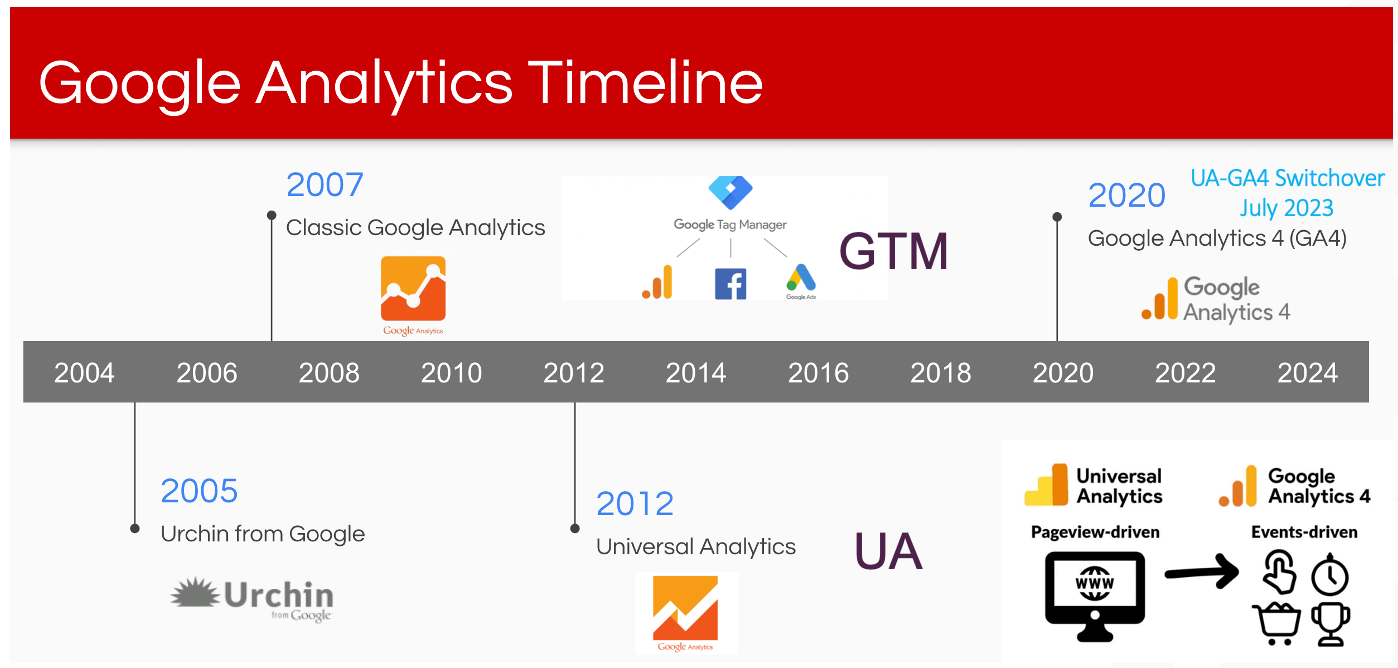Master Internet Site Insights With Accurate Google Analytics Monitoring Code
The reliable usage of Google Analytics rests on the precise execution of its tracking code, a basic action usually ignored by site owners. This relatively straightforward JavaScript fragment, when properly put, comes to be the backbone of data collection, supplying understandings into individual behavior and web site performance. Nonetheless, challenges can emerge during configuration, potentially skewing the data and resulting in mistaken choices. Recognizing these details is vital for optimizing the advantages of analytics. What are the common risks that could undermine your tracking initiatives, and just how can you guarantee precision in your approach?
Understanding Google Analytics Essentials
Google Analytics is an important device for site owners and online marketers, providing vital insights right into user habits and internet site efficiency. At its core, Google Analytics collects data about site visitors to a web site, permitting users to assess metrics such as web traffic resources, user interaction, and conversion prices. Understanding these basics is critical for optimizing a website's efficiency and improving customer experience.
The system uses cookies to track communications, videotaping data such as page views, session durations, and bounce prices. This info is accumulated and offered through customizable dashboards, allowing users to envision trends over time. Key efficiency indications (KPIs) can be monitored, such as the overall number of customers, brand-new versus returning visitors, and the geographical distribution of the audience.
Furthermore, Google Analytics supplies division functions, allowing users to separate particular website traffic resources or customer demographics for more targeted evaluation. By grasping these fundamental aspects, web site owners can make educated decisions about web content strategy, advertising and marketing campaigns, and overall site enhancements. Eventually, recognizing Google Analytics fundamentals is necessary for leveraging information to drive growth and accomplish organization purposes efficiently.
Setting Up Your Monitoring Code

Duplicate the offered tracking code and paste it into the HTML of your internet site. Ideally, this code should be positioned in the header section of every web page you desire to track. This makes sure that the tracking code tons before any various other web content, allowing it to record data accurately. If you are making use of a material management system (CMS) like WordPress, there are plugins readily available that streamline the integration procedure.
After installation, verify that the monitoring code is functioning properly by utilizing Google Tag Assistant or the Real-Time records in Google Analytics - when does the google analytics tracking code send an event hit to analytics?. This step is necessary to confirm that your information collection is exact and active, setting the structure for insightful analysis
Typical Monitoring Code Issues
This may happen when the monitoring code is placed in the wrong area of the web site's HTML, often leading to incomplete or absent information. Additionally, having multiple circumstances of the tracking code on a solitary web page can result in inflated metrics, as customer communications may be counted much more than once.
An additional concern emerges from the usage of advertisement blockers, which can avoid the monitoring code from implementing entirely, hence skewing information. when does the google analytics tracking code send an event hit to analytics?. Furthermore, failure to set up filters correctly can lead to the exclusion of vital traffic resources or the addition of undesirable referral spam, misshaping the information gathered
Site owners might likewise overlook the value of tracking code updates, specifically when migrating to Google Analytics 4 (GA4) from Universal Analytics. Lastly, not enough screening before releasing modifications can cause unseen mistakes in the monitoring code, better making complex information dependability. Resolving these usual problems is vital for making sure exact monitoring and insightful analytics.
Studying Website Data Efficiently
Exact data collection is only the very first action in leveraging Google Analytics; the real value hinges on properly assessing that data to drive educated decision-making. To achieve this, it is necessary to recognize vital performance signs (KPIs) that align with your company goals. Concentrate on metrics such as conversion prices, user involvement, and traffic sources, as these will offer understandings into individual behavior and the overall efficiency of your click over here now internet site.
Using Google Analytics' segmentation functions allows for a deeper understanding of your target market. By breaking down data into details demographics, behaviors, and traffic channels, you can reveal patterns and patterns that educate targeted techniques. Carrying out personalized records and control panels can improve this procedure, allowing fast access to significant data.
Furthermore, frequently examining information trends over time aids to identify abnormalities and opportunities for improvement. Use visualization devices to present information in a conveniently absorbable format, assisting in a lot more effective interaction with stakeholders. Eventually, the capability to analyze internet site data successfully equips services to make tactical choices that boost customer experience, optimize advertising initiatives, and drive growth.

Ideal Practices for Accurate Monitoring
Carrying out reliable tracking techniques is essential for getting trusted information in Google Analytics. To ensure exact tracking, begin by correctly mounting the Google Analytics tracking browse around these guys code on every page of your internet site. This can be completed via a tag supervisor or by straight installing the code into the HTML.
Next, configure your Google Analytics account to leave out internal website traffic. This can be done by setting up filters that determine and eliminate check outs from your company's IP address, thereby stopping manipulated information. In addition, utilize occasion tracking to keep track of specific customer communications, such as downloads or video clip plays, which typical web page sights might overlook.
On a regular basis investigate your tracking arrangement to validate that all functions, such as goals and ecommerce tracking, are functioning properly. Establish a regular naming convention for your projects and events to promote much easier coverage and evaluation.
Last but not least, take into consideration leveraging UTM criteria for campaigns to acquire insights right into the efficiency of various advertising and marketing initiatives. By complying with these finest methods, you can improve the accuracy of your information collection and analysis, inevitably causing more informed decision-making for your web site.
Conclusion
Accurate execution of the Google Analytics tracking code is important for grasping internet site understandings. By ensuring the tracking code is properly put and consistently examined, site proprietors can catch vital user interaction data, thus helping with the recognition of crucial performance indications. Reliable evaluation of this information, incorporated with adherence to ideal practices, makes it possible for educated decision-making and the optimization of on-line techniques. Ultimately, a durable tracking structure enhances the capability to drive engagement and boost general site performance.

Not enough testing prior to introducing changes can result in unseen errors in the tracking code, even more complicating data integrity.Implementing effective tracking practices is important for acquiring trustworthy information in Google Analytics. By official statement making certain the monitoring code is correctly positioned and frequently examined, web site owners can catch vital customer interaction information, thus assisting in the recognition of key performance indicators.